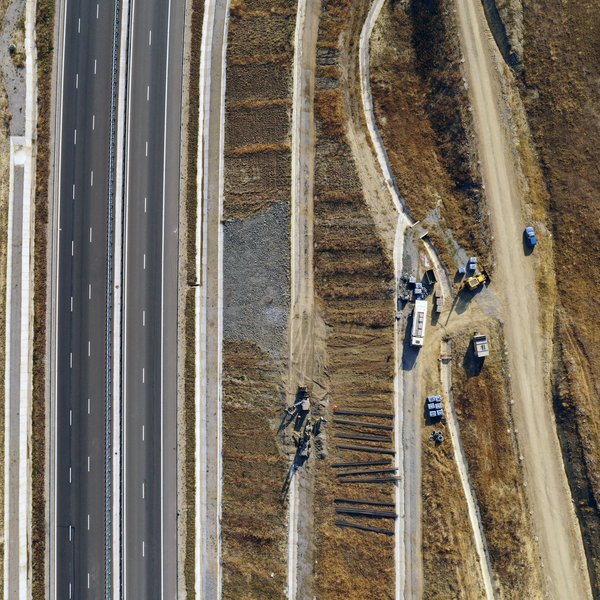![[Translate to Englisch:] Linus Lintner Fotografie Am Mauerpark, ein Objekt der Porr Deutschland GmbH](/fileadmin/_processed_/8/1/csm_20180614_Zalando__1__35ef3e9bd7.jpg)
BIM – an outline
What is BIM?
BIM is a digital project working method in the construction industry. Everyone involved in the project works on a shared virtual building model. In addition to providing a visual representation of the completed building, the system generates and manages all project-relevant content from a single location and makes it available to the various project teams. This allows complex processes to be made more transparent and documented so that they remain traceable even after the project has been completed. The information stored in the BIM model is particularly important for the long-term administration and management of buildings and their technical installations.
Where do we use BIM at PORR?
When development started on BIM in the PORR Group, it was mainly conventional building construction projects that provided the most rapid insights and results. In view of the tight order situation, we did not have a separate BIM test project – it was used in actual operations right from the start. This approach required a certain amount of agility in implementing the project and a clear commitment to BIM from the entire project team. BIM is now being used by PORR for many largescale projects in building construction, tunnelling, and, most importantly, for large infrastructure projects.
What makes BIM so important?
The rapid advance of the digital revolution has also resulted in increased technical requirements for construction projects, making digital processes necessary. BIM enables increased planning accuracy, traceability, and transparency,and will lead to improved project quality in the long run. For some time now the question has no longer been whether or not to use BIM, but to what extent it is to cover the project value chain. In order to remain competitive in the long term, the PORR Group has adopted a cross-divisional, integrated BIM strategy. The goal here is also to identify specific training and support needs in all the divisions and branches so that the BIM approach can be used in operational projects right from the start. In order to be a part of the discussions surrounding BIM at a university level, we are also involved in various lectureships, research projects, and collaborations – for example, with the University of Applied Sciences Burgenland and the Graz University of Technology. This gives us the opportunity to share our experience as well as demonstrate our expertise to the experts of the future and thus win them over to PORR.
Further information
Learn all about BIM on our website. Visit our YouTube channel and get to know Alexander Diebalek and Oliver Philips in a short video. In the World of PORR you will also find many projects that we have implemented with BIM, for example BMW Freimann.



